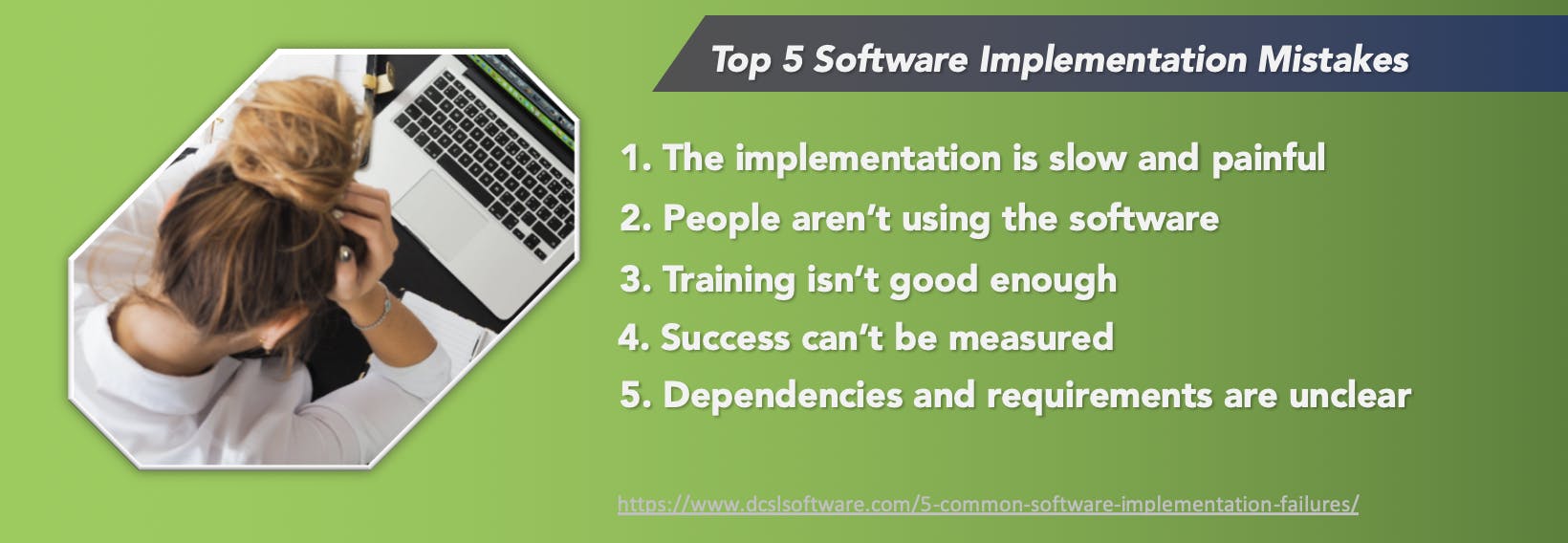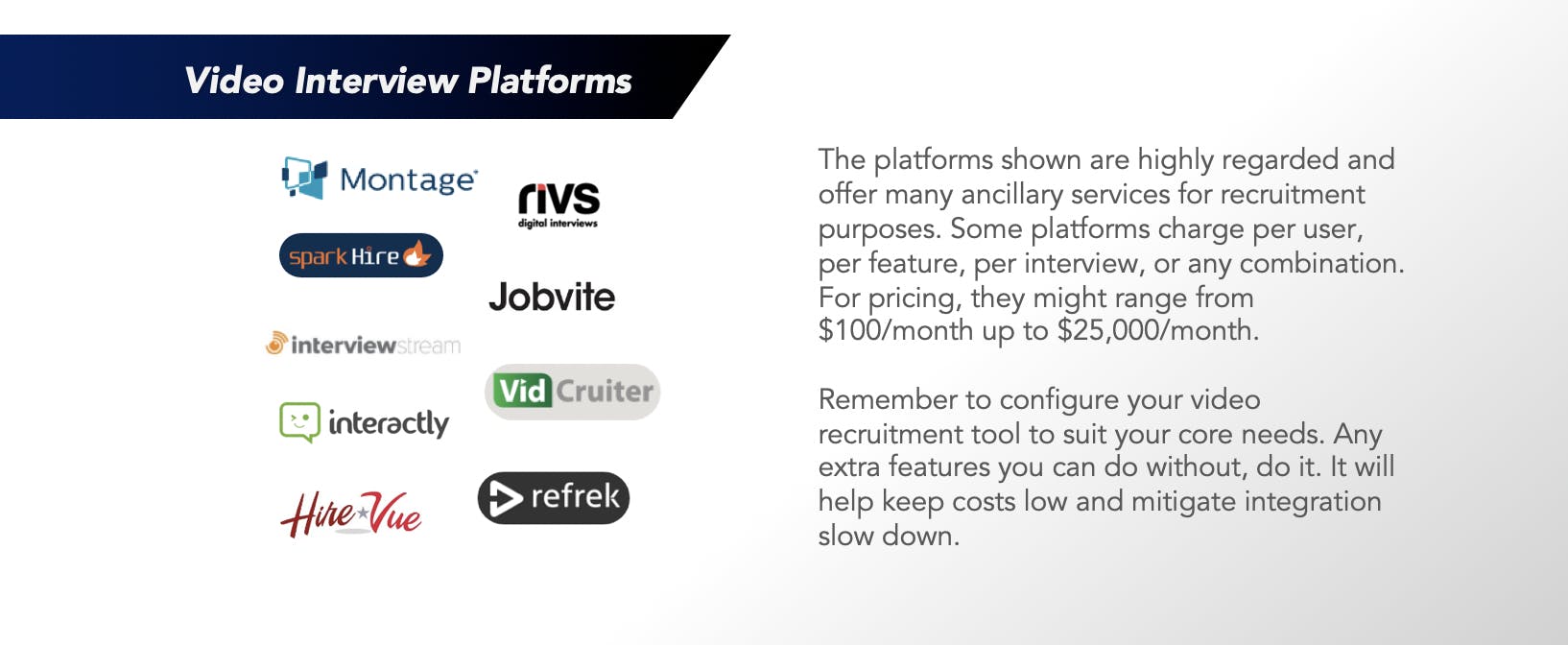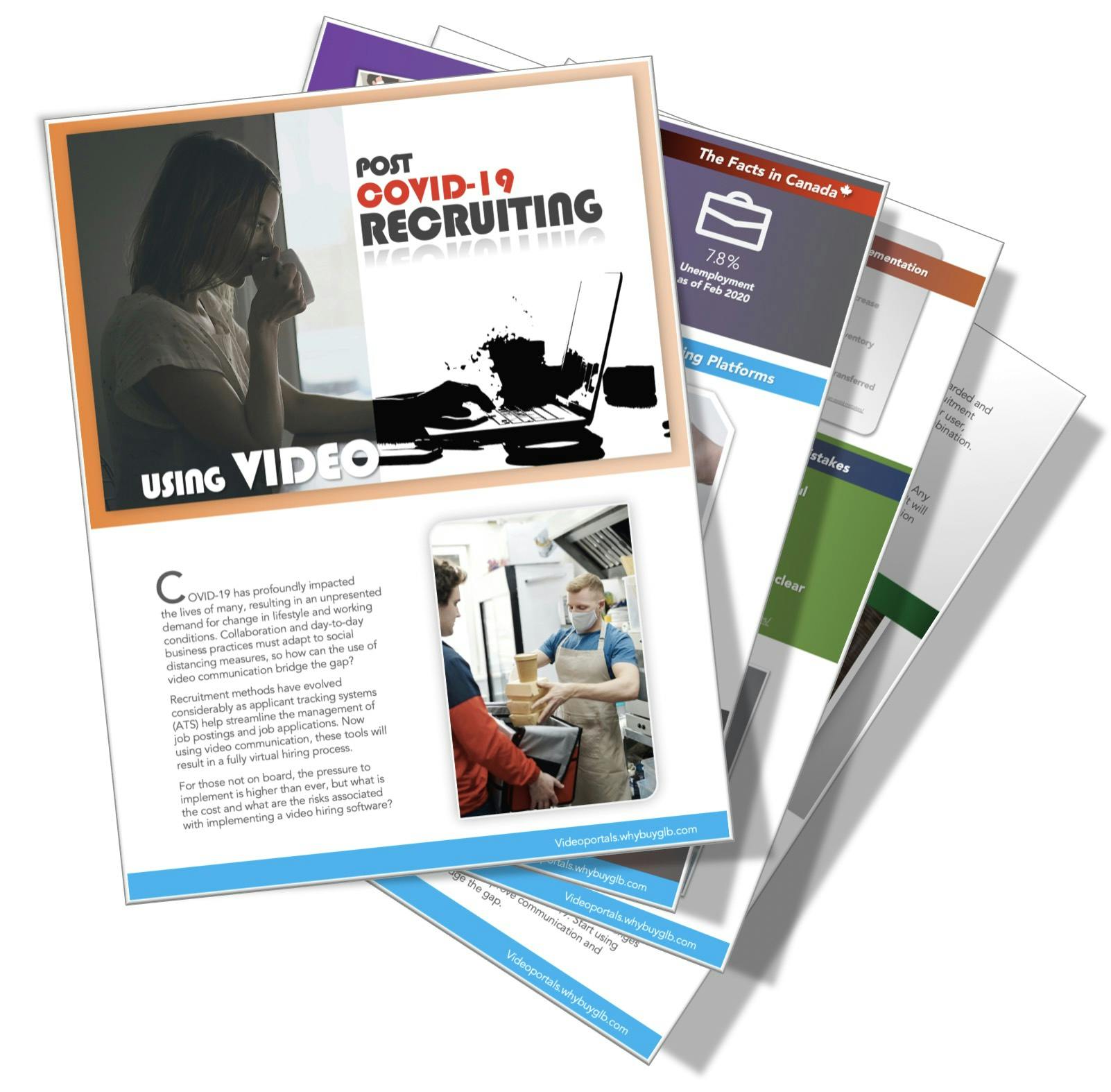
COVID-19 has profoundly impacted the lives of many, calling for an unprecedented demand for change in lifestyle and working conditions. Collaboration and day-to-day business practices must adapt to social distancing measures, so how can the use of video communication bridge the gap?
Recruitment methods have evolved considerably as applicant tracking systems (ATS) help streamline the management of job postings and job applications. Now using video communication, these tools will result in a fully virtual hiring process.

For those not on board with the idea of using software to improve their hiring practices, the hesitation could have something to do with the most common hiring mistakes, which are still being made today. Many of these problems associated with finding successful candidates are still happening, regardless of software. So what is missing?

Digital hiring platforms and recruitment software have progressed considerably in recent years, touting impressive levels of automation, tracking, and even predicative AI driven software that can automatically match candidates to positions.
For a large organization looking to improve efficiency and visibility with their hiring process, there is no doubt as to why these platforms are utilized.

Now more than ever, with the volume of new applicants entering the work force, it makes sense to invest in software that helps deal with sheer volume of applicants looking for work.
What should a medium or small company do? What is the cost of jumping in? What are the risks of implementation?
Loss of data, loss of sales, & loss of time; these are serious concerns when switching to, updating, or integrating any new software. Regardless of the potential benefits, a simple mistake can be costly.

Companies also need to consider training staff, testing software before launch, and account for ongoing maintenance fees before determining feasibility. To incorporate video recruitment into an existing ATS or ERP system, it could take a months, or years before anything happens.
Whether you recruit for a large organization or small to medium sized company, first things first, you need to create a clear list of objectives for why you need a video tool.
- Do you need to address social distancing and limit in person interviews?
- Do you need to reduce time spent working through your short list?
- Improve internal communication?
If you have only a few core concerns that a video tool could solve, perhaps you don’t need a full software integration with multiple automations. There are some alternative solutions to help your day to day operations, available as an app, or simply accessed on the web.

Recruiting post COVID-19 adds additional challenges for recruiters, but also emphasizes a need for change. Digital communication tools are commonplace for most recruiters; live chats, online exams, ATS, personality assessments etc.
This situation merely calls for the use of one more.
To avoid the most common hiring mistakes, recruiters are still your best bet, and no software can replace them. While budgets are tight, supporting their efforts could mean the success or failure with your new hires. With video, recruiters could be more efficient as the need for a scalable assessments becomes more important for your budget.
No company or freelance recruiter wants a massive new expense added to their plate. So keep in mind that low cost video recruitment tools do exist, and with a little creativity in how and where you ask for video applications, you could potentially see no additional expense at all.
Online technology offers cutting edge solutions that can solve many problems, but that still depends on the whether it is adopted, otherwise it’s left behind. This is an opportunity to overcome the challenges of recruiting post COVID-19.
Start using video to improve communication and bridge the gap.
